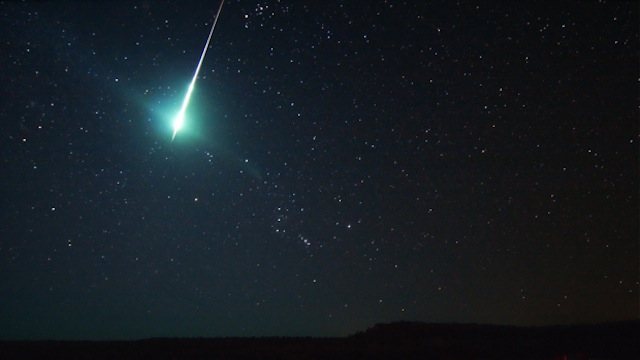OF THE
TIMES
Putin is the most able and emeritious world leader. Who else could have transitioned Russia from a train wreck to its current status. Measured...
[Link] Corona is non-communicable disease related to overuse of biosensors per NIH (USA National Institute of Health) see above link
@Patrick Donnely, I don't want to live in a nether world of speculation projected by scientists, that barely have a grip on the human life of our...
Both Rogan and Carlson are owned by intelligence agencies and distract their audiences from what we the people can actually do to leash these...
China CCP Nazi Zionist has taken over 50% of our farm land and are the biggest polluters, shipping the very best chicken, pork, beef to China and...
To submit an article for publication, see our Submission Guidelines
Reader comments do not necessarily reflect the views of the volunteers, editors, and directors of SOTT.net or the Quantum Future Group.
Some icons on this site were created by: Afterglow, Aha-Soft, AntialiasFactory, artdesigner.lv, Artura, DailyOverview, Everaldo, GraphicsFuel, IconFactory, Iconka, IconShock, Icons-Land, i-love-icons, KDE-look.org, Klukeart, mugenb16, Map Icons Collection, PetshopBoxStudio, VisualPharm, wbeiruti, WebIconset
Powered by PikaJS 🐁 and In·Site
Original content © 2002-2024 by Sott.net/Signs of the Times. See: FAIR USE NOTICE

Last night about midnight I saw a very bright white light streaking across the sky.
Haven't seen any local reporting possibly because this was a very short duration event.